The widest M prime of Leica made, SUPER ELMAR M 18mm
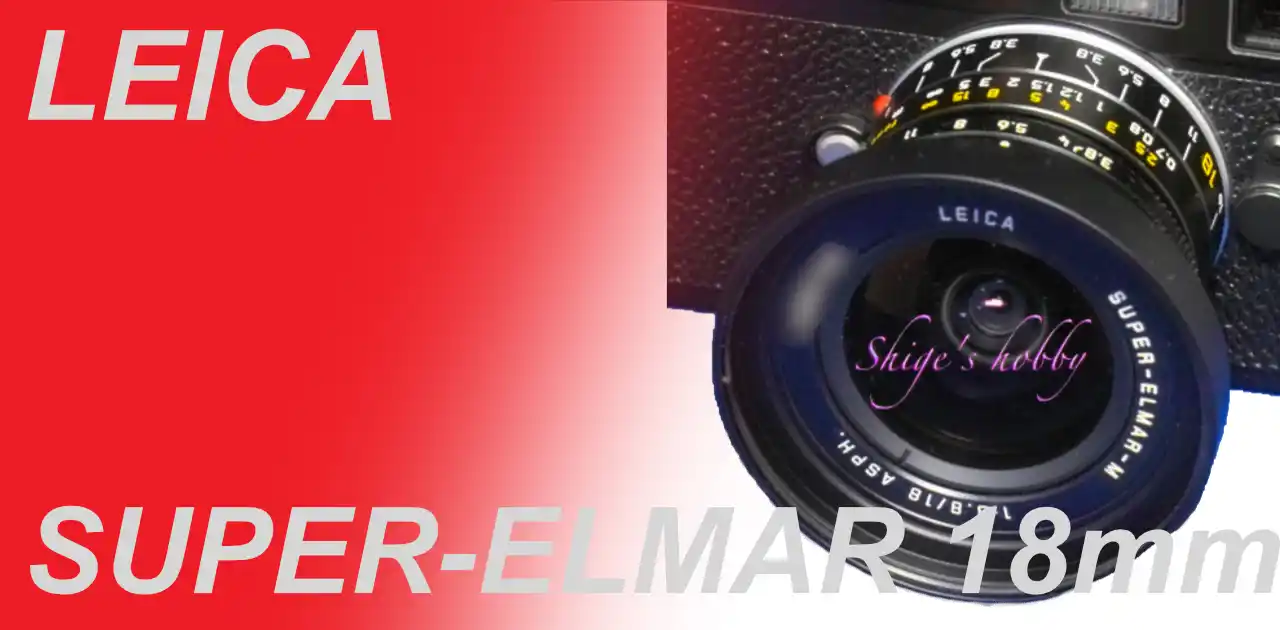
A review and Photo example of the Super Elmar M 18mm F3.8 with a LEICA M9 and LEICA M6.
Table of contents
Gallery
- Photo example are taken with a LEICA M9 and LEICA M6TTL +Velvia100.
Review
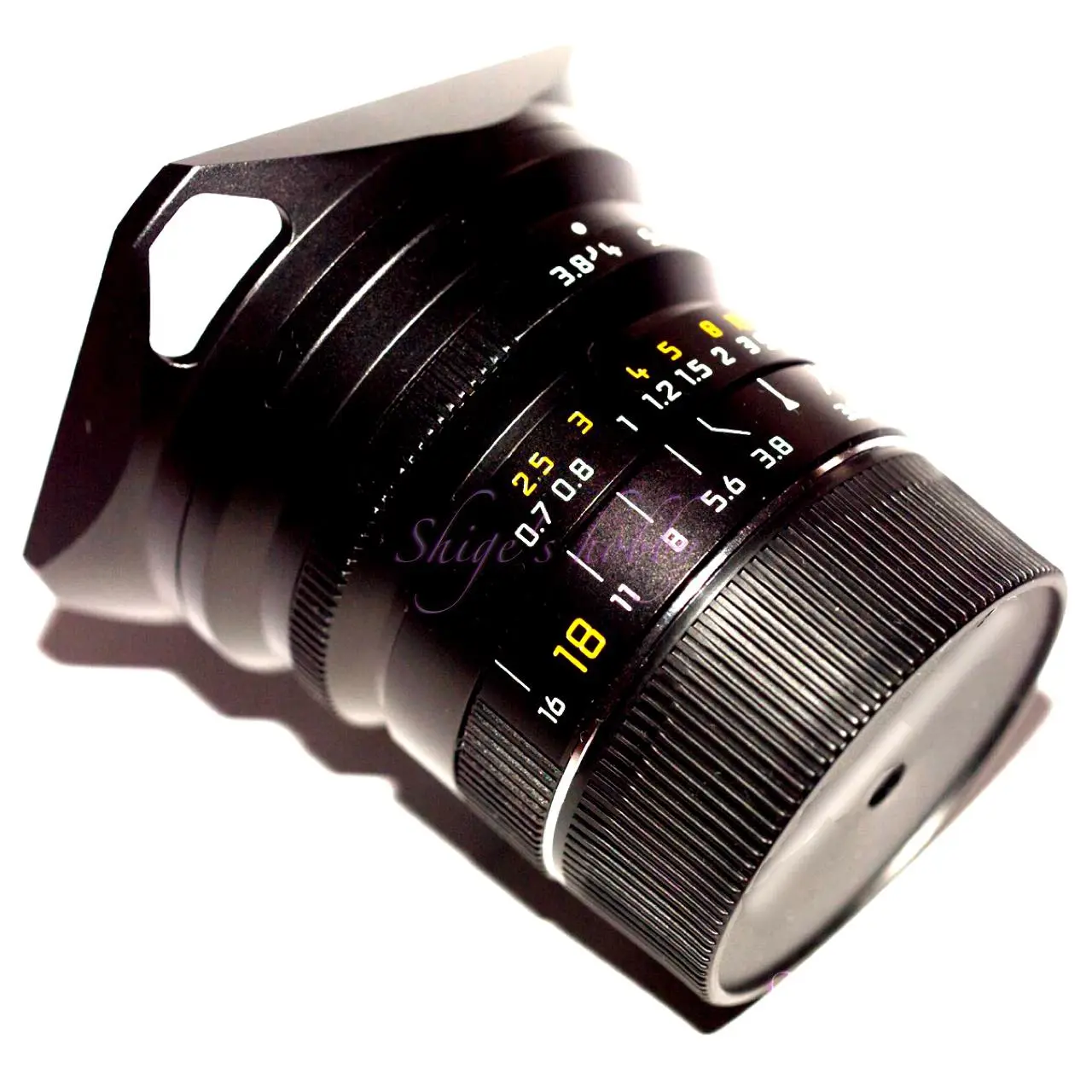
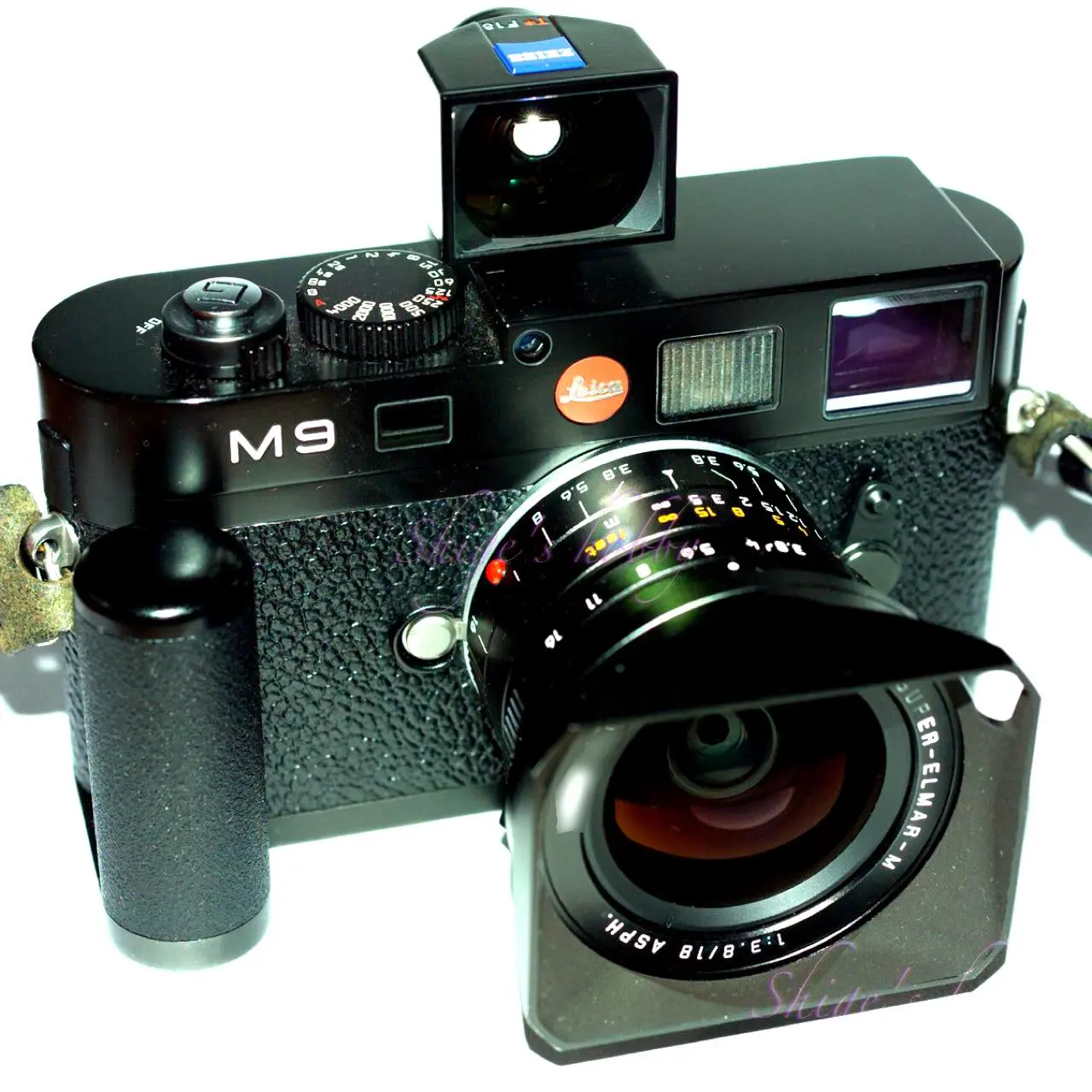
1.Overview
The Super-Elmar-M 18mm is a wide-angle prime lens released in 2009.
The lens size is small compared to retrofocus ultra-wide-angle lenses for SLR cameras, but large for a rangefinder camera.
The hood is a screw-in type following the Leica design of the 2000s, and has a notch on the end of the screw to secure it in the correct position. However, the screw on the lens I owned was loose, and even when I turned it all the way and secured it in the correct position, the hood would rotate in the camera bag and almost fall off. I had no choice but to use a tape to temporarily secure it.
In addition, the genuine filter holder (code number: 14484 filter adapter) that is attached instead of the hood has a filter diameter of E77 (77mm), which means that a large diameter filter is attached, which spoils the compactness of the rangefinder camera, so I purchased it but did not use it for shooting.
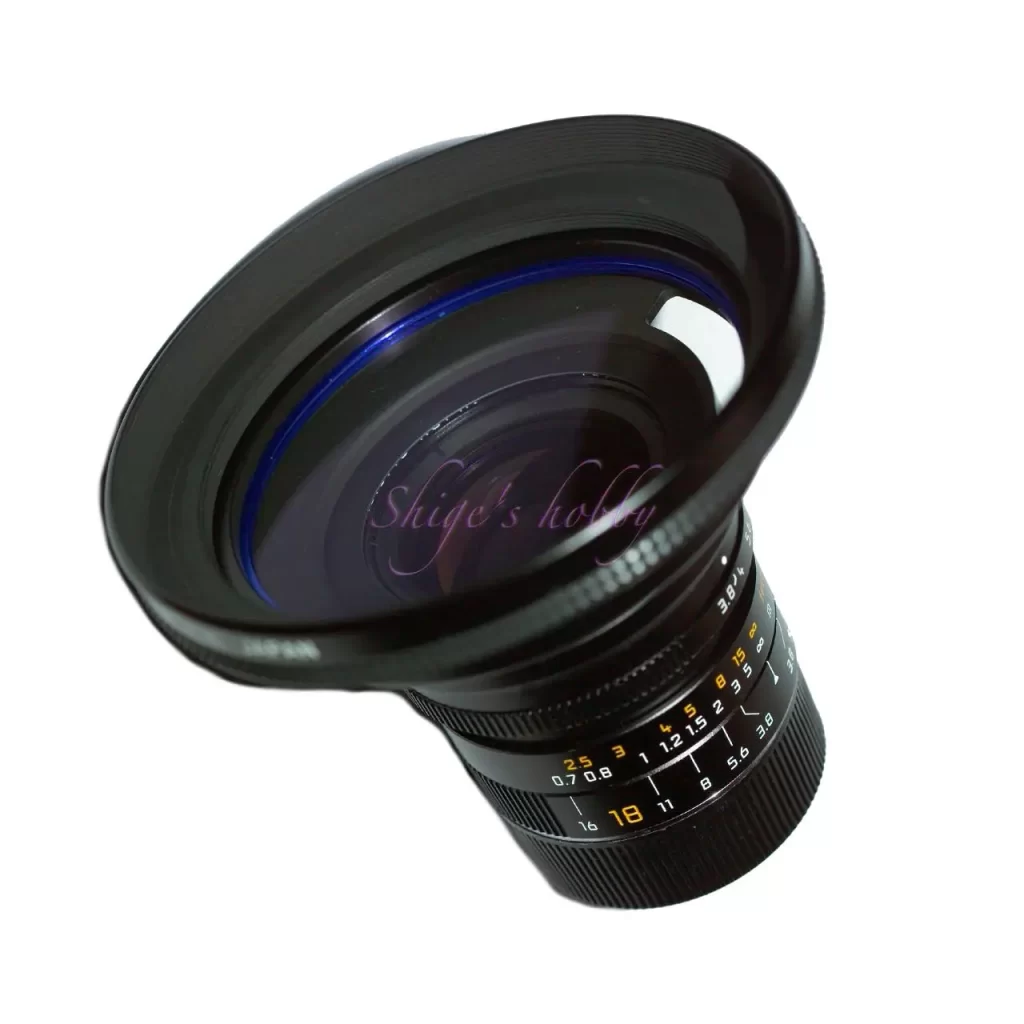
Both the hood and the filter adapter were difficult to use, so I ended up buying a third-party screw-on UV filter. This filter is attached to the screw part where the hood is attached, and the diameter of the filter’s tip is larger than the screw diameter of the genuine hood to prevent vignetting, so the genuine hood cannot be attached.
For the LEICA M8/M8.2, a dedicated UV/IR filter (code number: 13422) is provided, which allows you to screw the hood onto the tip of the lens and then screw the hood on again, allowing you to use both the filter and the hood at the same time.
However, this filter cannot be used with a 35mm full-frame sensor. This is because this filter is optimized for the APS-H size sensor of the LEICA M8/M8.2, and when used with a 35mm full-frame sensor, the corners of the image will be vignetted.
2.Usability
The Super-Elmar-M 18mm is the lens with the widest focal length of the original Leica M-mount prime lenses. The depiction is a little loose at full aperture, but becomes crisp when the aperture is narrowed.
Unlike the lenses of the digital era that assume aberration correction is digitally processed, this lens is designed to optically correct aberration. In particular, the aberration correction is good compared to the Carl Zeiss Distagon 18mm released at the same time.
Nevertheless, depending on the distance from the subject, there may be insufficient correction of distortion, and depending on the lighting conditions, there may be a lack of peripheral light.
With rangefinder cameras, an external viewfinder is used for the focal length of 18mm.
When comparing the Leica original external viewfinder with the Cosina Zeiss external viewfinder, the Cosina Zeiss one had a higher magnification and was easier to see.
I used a third-party screw-in filter when shooting, and although I didn’t use a hood, I don’t remember having any trouble with backlighting.
The Super-Elmar 18mm has a minimum focusing distance of 0.7m, so I tend to shoot similar landscapes from a distance, and I couldn’t find a way to vary the distance between infinity and 0.7m with a lens that captures too much of the surroundings.
It’s a lens that requires you to accept the above limitations and find a way to use it.
3.Summary
In conclusion, to sum up the SUPER ELMAR 18mm is an ultra-wide-angle lens that offers satisfactory correction for general photography, and produces satisfactory images when stopped down. However, when the aperture is wide open, the image is a little soft.
This lens allows you to experience the fun and difficulty of using wide-angle lenses with a rangefinder. For general photography, I feel that focal lengths up to around 21mm are easy to use because it is easy to create compositions.
Since I collect R-mount lenses, when using ultra-wide-angle lenses for SLR cameras, I rely on the minimum shooting distance of about 0.3m, which tends to result in monotonous expressions in another sense. In the end, even though the shooting range has increased from infinity to 0.3m, the variety of the results has not increased much, which shows that I lack imagination as a photographer.
Specification and Competitor
Comparing the SUPER ELMAR 18mm and DISTAGON 18mm ZM, which have the same focal length, the DISTAGON has a larger maximum diameter and the SUPER ELMAR 18mm has a longer overall length. Both lenses are retrofocus wide-angle lenses, so they are large for rangefinder lenses.
The impression from the shooting results is that the Super Elmar produces soft, mellow images, with a different character from the Distagon’s flat images.
- The lens construction diagrams are quoted from each company’s PDF, and the sizes have been adjusted here.
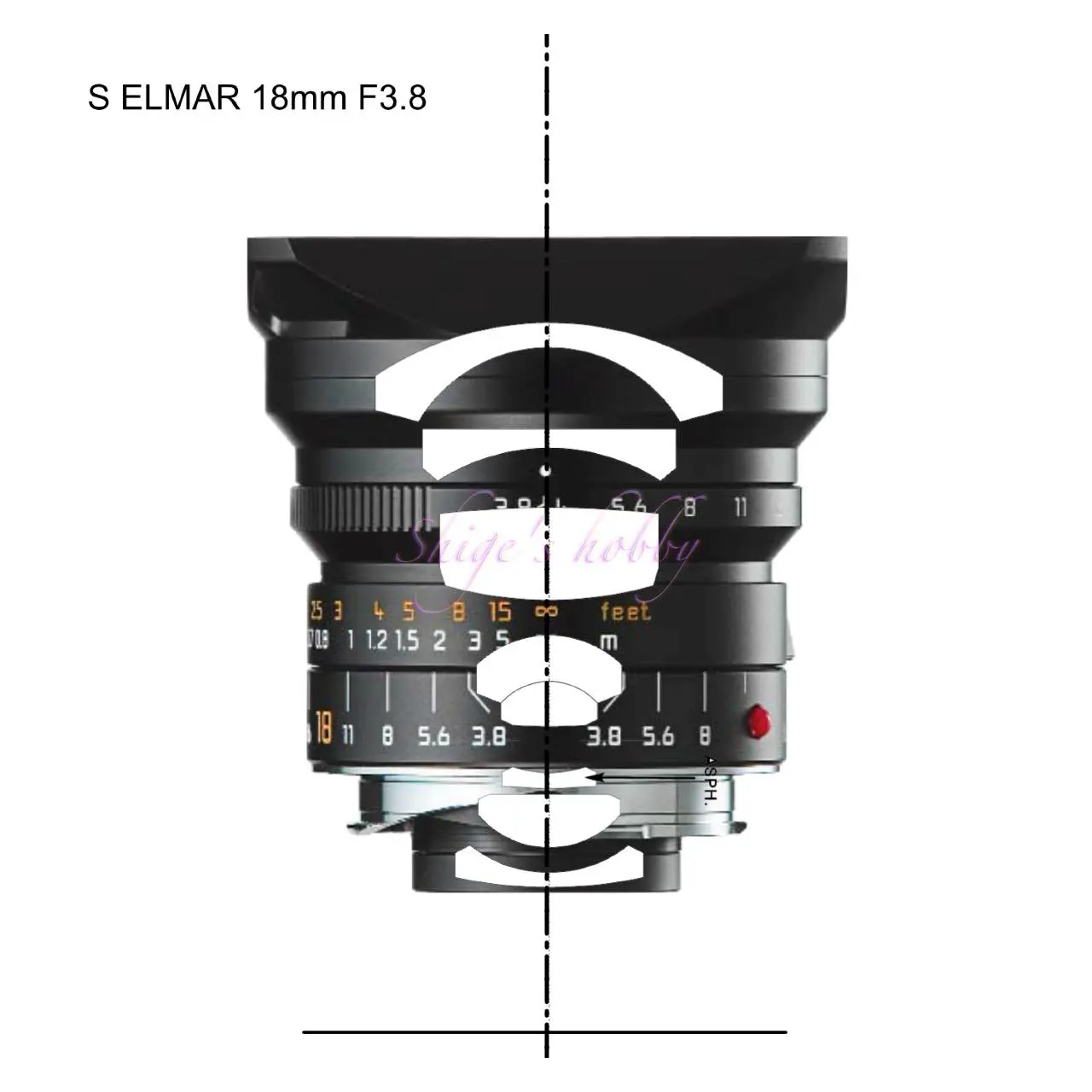
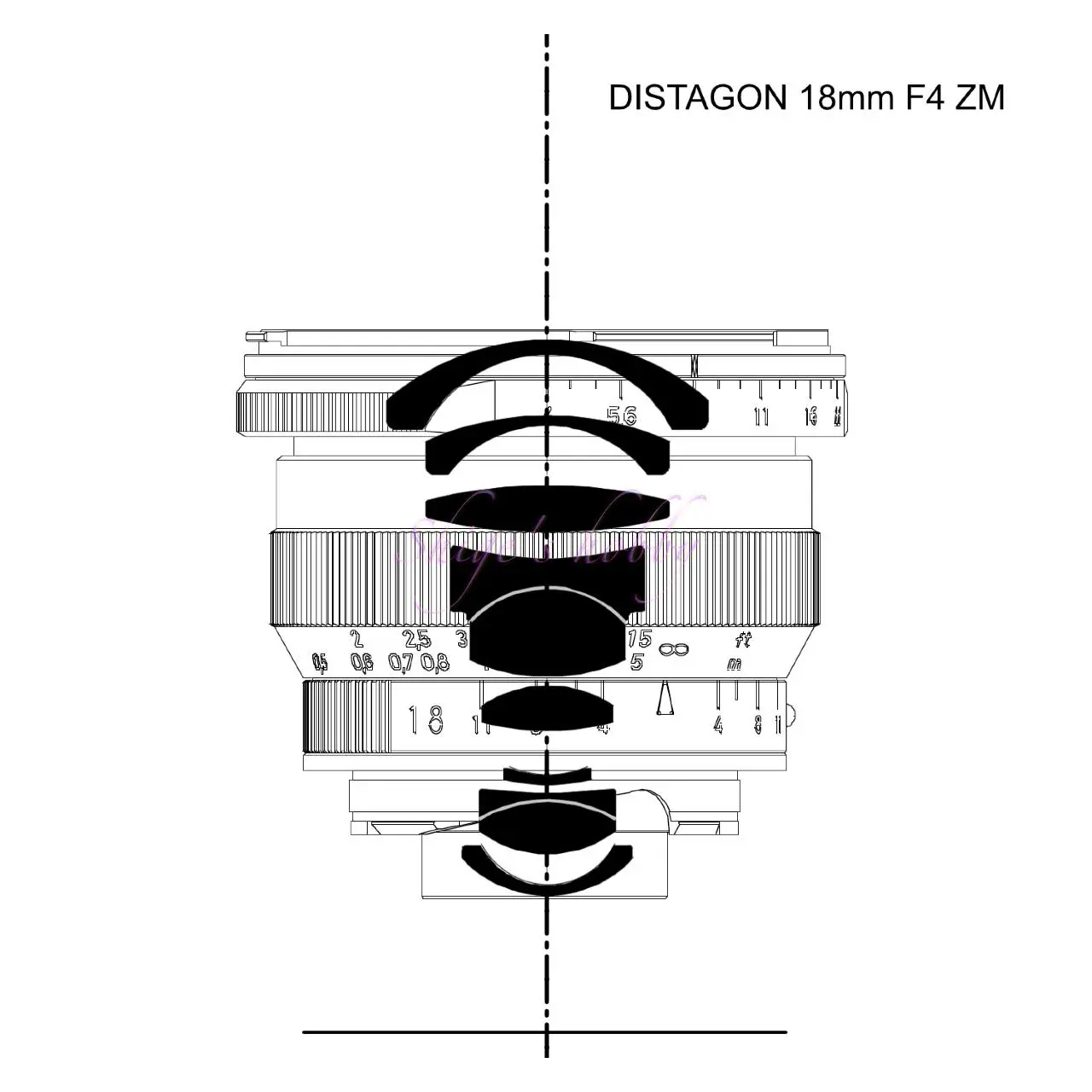
| Maker | LEICA | Carl Zeiss |
| Lens name | SUPER ELMAR 18mm | Distagon 18mm |
| Max aperture | 3.4 | 4 |
| Min aperture | 16 | 22 |
| Leaf blade | 9 | 10 |
| Lens Construction | 8elements in 7groups | 10elements in 8groups |
| Min distance(m) | 0.7 | 0.7 |
| Lens length(mm) | 58 | 47 |
| Max diameter | 61 | 63 |
| Filter Size(mm) | 77mm (with filter holder) IR/UV filter for M8 available | 58 |
| Weight(g) | 310 | 350 |
| Release date | 2009.03 | 2007.08 |
| Price(Yen/No-tax) | 315,000 yen (when first released) The price has since gone up. | ¥145,950 |
Reference links
- Leica Wiki 「18mm f/3.4 ASPH SUPER-ELMAR-M」
- Leica 13422 [UV/IR Filter M F3.8/18mm ASPH.]
- DISTAGON 18mm・Shige’s hobby
- ATOLL 17mm・Shige’s hobby
- PERAR 17mm・Shige’s hobby
Update history
- 2025.4.29
- 2024.10.22
- 2024.1.12: add discription
- 2023.5.7: Update gallery
- 2022.10.11: Original

Leave a Reply